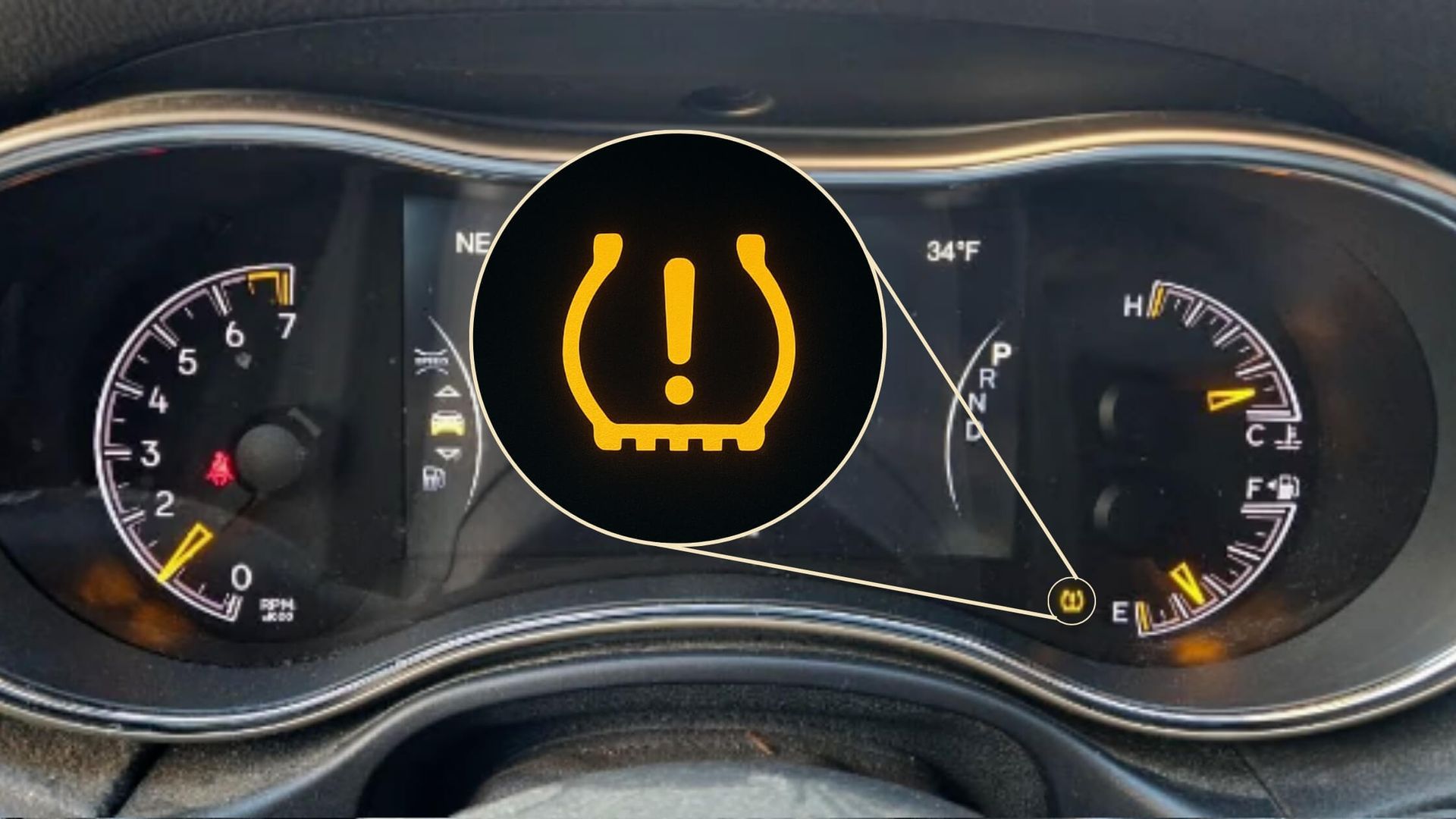If your car doesn’t drive quite straight or your steering wheel feels a little off-center, you might wonder if it’s time for a wheel alignment. In reality, there isn’t a set schedule for wheel alignments. It depends on when your vehicle falls out of alignment. That can happen gradually over time or suddenly after a hard impact, like hitting a curb or deep pothole.
Determining whether your vehicle needs an alignment isn’t based on mileage or time. It’s based on what we see during routine inspections. Wheel alignment needs are most often identified through symptoms or visual signs during oil service inspections (every 6 months or about 5,000 miles), when replacing or rotating tires, or during steering and suspension inspections.
Get your
wheel alignment done right here in Saint Paul, MN.
Call or book your
steering, suspension, and brake inspection online with Lancer.
What Is a
Tire Alignment?
A tire (or wheel) alignment is a precision adjustment that ensures all four tires point straight ahead and meet the road at the correct angles.
During an alignment, technicians measure and adjust the angles of key suspension components that connect your steering system to the wheel knuckles (the part that your wheel and hub attach to). Those parts (control arms, struts, tie rods, and ball joints) determine how your wheels contact the road. Adjusting them ensures everything sits exactly within factory specifications for smooth, predictable handling.
Because alignment angles depend entirely on how those suspension parts sit and move, any wear, replacement, or damage to them directly affects alignment. That’s why it’s common to perform an alignment after replacing suspension or steering parts.
What a Wheel Alignment Does
When alignment angles are set correctly, your vehicle tracks straight, corners smoothly, and your tires contact the road evenly. Incorrect angles mainly lead to uneven tire wear and minor handling changes. Correcting them early extends tire life and keeps your car driving as intended.
A wheel alignment adjusts three key angles that determine how your tires contact the road:
- Camber: The inward or outward tilt of your tires when viewed from the front. Too much tilt causes uneven inner or outer edge wear.
- Caster: The forward or backward tilt of your steering axis when viewed from the side. It affects how easily the wheel returns to center.
- Toe: Whether your tires point slightly inward or outward when viewed from above. Toe is the most common cause of inner and outer edge wear on tires. On most vehicles, caster and camber aren’t directly adjustable – but when the toe is adjusted, it can cause small changes in those angles as well.
Seasonal checks, especially before winter, help confirm your alignment angles are still within spec and your tires are wearing evenly. But why do cars need alignments? How often? And how important is tire alignment, really? Here's what you need to know about wheel alignment, why your car needs it, and when to ask your auto repair service professional about it.
How Often
Do You Need an Alignment?
Is Tire Alignment
Necessary?
Yes, when identified through a professional inspection, tire alignment is essential for safe, efficient driving. A proper alignment keeps your tires meeting the road evenly, which improves handling and braking, helps your car track straight, and prevents premature tire wear.
Misalignment itself causes premature tire wear and can make your car harder to control, especially in wet or icy conditions. While it rarely damages other components directly, over many thousands of miles, it can add stress to steering and suspension parts. But more often, it’s the opposite: worn components are what throw the alignment off, which is why regular inspections are so important for identifying the true root cause.
What Causes Tires to Lose Alignment?
Alignment naturally changes over time as suspension parts settle and wear or get replaced. That’s why alignment checks go hand-in-hand with suspension inspections.
But some things can throw it off faster:
- Potholes and rough roads
- Curb bumps or road debris
- Bent components after collisions
- Worn suspension parts (bushings, tie rods, or ball joints)
- Suspension modifications or adjustments
- Every day wear and tear
Minnesota’s rough roads, frost heaves, and curb bumps can all affect your vehicle’s alignment and suspension over time, so regular inspections are important to catch uneven tire wear or component wear early, before it leads to bigger issues.
2 Signs Your Car Needs Wheel Alignment Right Now
An alignment problem can develop gradually, but your vehicle will usually give you clues that something is wrong. There are only a couple of true signs that point directly to an alignment issue. The rest often trace back to other causes in your suspension or tires.
If you notice either of the issues below, it’s worth booking an inspection to confirm whether a wheel alignment (or a suspension repair first) is needed.
1. Steering wheel off-center
Your steering wheel should sit straight when the car does. If it tilts or feels uneven when you’re driving on a flat, straight road, the alignment is likely off. It’s subtle, but over time, this small imbalance can start to cause uneven tire wear.
2. Uneven tire wear
Check your tread: is one side of a tire more worn than the other? Do the front and rear tires show different wear patterns? Uneven wear means your tires aren’t meeting the road evenly, often due to misalignment. It reduces traction, shortens tire life, and can make your car handle unpredictably in wet or snowy driving conditions.
Get your wheel alignment done right here in Saint Paul, MN.
Call or book your appointment online with Lancer Service.
What Feels Like Alignment Problems (But Usually Isn’t)
Many drivers have been told that any pull, vibration, or steering issue means they need an alignment, but that’s rarely the case.
These symptoms often point to something else entirely:
- Vibration at high speeds: usually a wheel-balancing issue, worn suspension parts, or tire defects.
- Pulling to one side: commonly caused by uneven tire wear or poor tire quality; tire rotation or replacement often fixes it.
- Pulling only when braking: almost always related to the braking system, not alignment.
- Wandering or clunking noises: often due to worn or loose suspension or steering components.
If your vehicle pulls to one side or you feel vibration through the wheel, that’s not alignment alone. It could be a bent rim, a tire issue, or a worn suspension component. Once those parts are repaired, you may need an alignment to make sure everything tracks straight again.
Alignment is rarely the root cause. It’s often the final step once worn or damaged parts have been repaired. That’s why we always recommend a comprehensive steering, suspension, and brake inspection before aligning your wheels. It’s the best way to pinpoint the true cause of these issues, protect your tires, and make sure your car drives and stops exactly as it should.
Benefits of Wheel Alignment
Regular alignments don’t just make your steering feel smooth, they help your tires work more efficiently and save you money on fuel and premature tire replacements later on. It’s one of the simplest ways to protect your investment on tires.
Here are the top three reasons to get wheel alignment services:
1. Extends the life of your tires
When your alignment’s off, your tires drag or scrub against the road instead of rolling smoothly. That uneven contact chews through tire tread fast, shaving thousands of miles off their lifespan. Keeping everything aligned helps each tire wear evenly, so you get more miles. Since tires are the most expensive part affected by poor alignment, protecting them can save hundreds of dollars in premature replacements.
2. Improves safety and control
Alignment affects how your car steers, brakes, and handles curves. When everything’s set right, your steering feels centered, your car tracks straight, and braking stays predictable, even during quick turns or slick Minnesota winters.
3. Improves fuel efficiency
When wheel misalignment makes your tires fight each other, your engine has to work harder just to keep you moving. Proper alignment reduces rolling resistance for smoother rides, less drag, and better gas mileage over time.
How Long
Does an Alignment Take?
A standard alignment takes about 60–120 minutes, including setup, measurements, and a test drive.
If your vehicle needs additional work, like replacing worn suspension components or adjusting seized bolts, the process can take a bit longer. But for most cars, it’s a quick service that makes a major difference in how your tires handle the road.
Get a Wheel Alignment
in St. Paul, MN at Lancer Service
If you live or work in the Twin Cities, you know how rough our roads can be. From spring potholes to winter curbs, your alignment takes a beating.
At Lancer Service in St. Paul, we make it easy to keep your wheels aligned and your vehicle driving exactly how it should.
A quick alignment check today can save you hundreds on tires tomorrow.
Call to schedule today or stop by our St. Paul shop.
Why Twin Cities drivers trust Lancer:
- Same-day appointments for alignments
- No-pressure recommendations
- Comfortable waiting area and after-hours drop-offs
- Honest recommendations, we’ll tell you if you don’t need an alignment
- Over 50 years of trusted local service
If you think your car needs an alignment, the right service to book first is a steering, suspension, and brake inspection. Our technicians will pinpoint whether the issue comes from tires, suspension parts, or alignment angles. If alignment is needed afterward, it’s performed as the final step to make sure everything tracks perfectly and your tires wear evenly.






